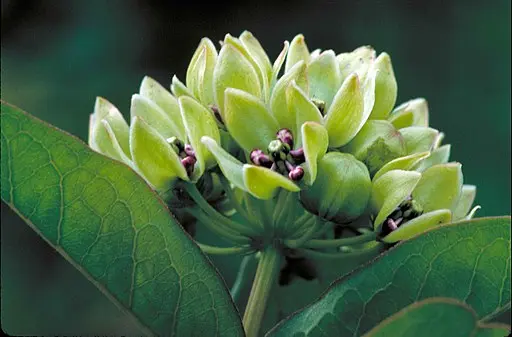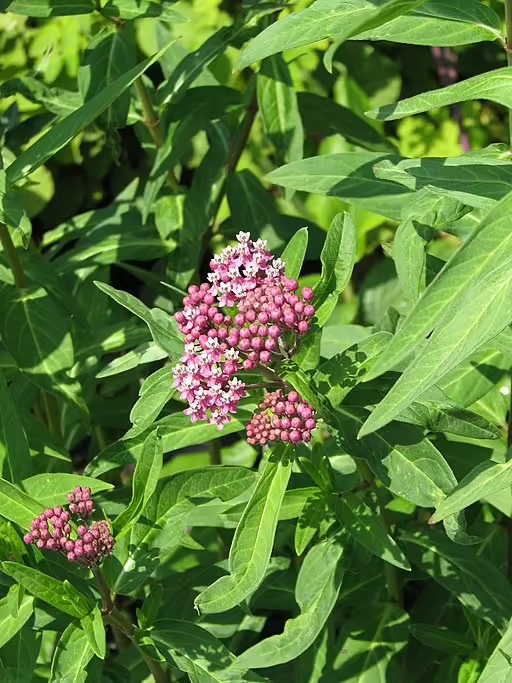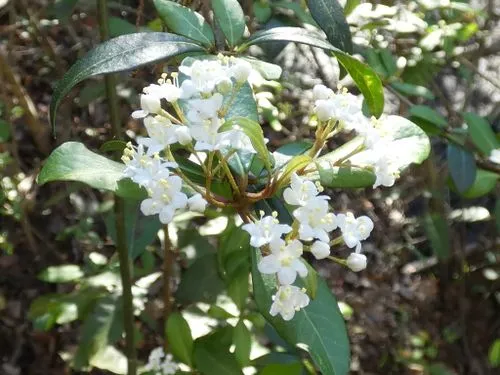Table of Contents for Ruth’s Milkweed (Asclepias ruthiae)
Introduction
Ruth’s Milkweed (Asclepias ruthiae) is a herbaceous perennial that is native to the southwestern United States in the states of Arizona, New Mexico, and Utah. This plant is a host to the Queen (Danaus gilippus) and Monarch (Danaus plexippus) butterflies. Growing from 2 to 4 inches tall, this species grows in areas of high pH clay and pinyon pine slopes. The pale violet to rose purple flowers bloom from April to June and the plant is hardy in zones 6-10.
Taxonomy and Naming of Ruth’s Milkweed (Asclepias ruthiae)

Taxonomy
Ruth’s Milkweed (Asclepias ruthiae) was originally named and described by Bassett Maguire, an American botanist in 1941. Through the years, it has been lumped into the wheel milkweed (Asclepias uncialis) as either a variety or subspecies, but it is still considered its own species and is a member of the Dogbane Family (Apocynaceae).
Meaning of the Scientific and Common Names
Scientific Name
The genus name, Asclepias, is named for the Greek god of healing, Asklepios (Flora of Wisconsin). The species name, ruthiae, is the Latinized name of the wife (Ruth Maguire) of the describer of the plant (Maguire and Woodson 1941).
Common Name and Alternative Names
The common name comes from the first name of the wife of the describer.
Physical Description

- Plant Type: This plant is a herbaceous perennial.
- Height: 2 to 4 inches tall (Maguire and Woodson 1941).
- Stem: The stems are ascending to decumbent and pubescent (Woodson 1954).
- Leaves: The leaves are opposite, petiolate, ovate, and are 0.4 to 2 inches long and 0.4 to 1 inch wide. The leaves are somewhat succulent and glaucous (Woodson 1954).
- Flower color: pale violet (Woodson 1954) to pale rose purple (Welsh, et al 1987).
- Blooming period: This plant blooms from April to June.
- Fruiting type and period: This plant has follicles that mature in the late summer and fall.
Range of Ruth’s Milkweed in the United States and Canada

This milkweed species is native to the southwestern United States in the states of Utah, Arizona, and New Mexico. It is considered to be rare in Arizona and New Mexico and has been proposed as threatened in Utah (Welsh, et al 1979).
Habitat
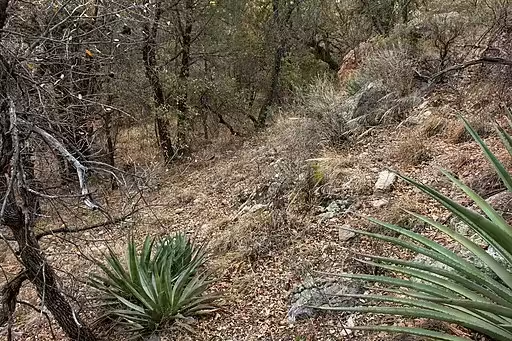
This species grows on clay hills with a high pH having red sand and rocky Pinyon pine slopes (Woodson 1954).
Hosted Insects
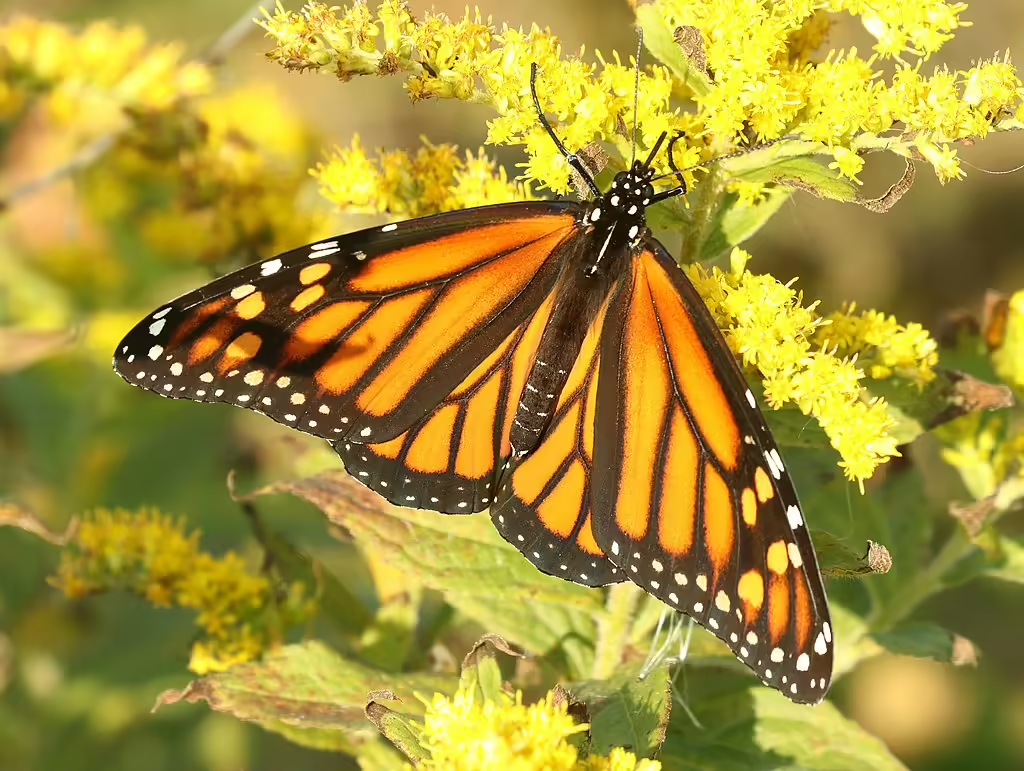
This species is a host for the Monarch Butterfly (Danaus plexippus), the Queen Butterfly (Danaus gilippus).
Other Supported Wildlife

This species is a nectar source to other butterflies, skippers, bees, and wasps during the growing season.
Frequently Asked Questions
Is this plant poisonous?
Like other milkweeds, it has cardiac glycosides (cardenolides) and is considered to be poisonous with ingestion.
Does this plant have any ethnobotanical uses?
The Native American Ethobotanical Database does not cite this species specifically, but milkweeds in general have been used for pharmaceuticals, fibers, and foods.
How is this plant distinguished from other milkweeds?
This particular species has been considered to be a part of the wheel milkweed (Asclepias uncialis) complex of milkweeds (Gandhi and Kartesz 1991 and Sundell 1990). Generally the main difference is in the leaves, where Ruth’s milkweed has broad leaves that are ovate or circular and Wheel milkweed has leaves that are narrower lanceolate to linear. It is up to debate about whether this is just variation or two separate species. It is thought that more collections of the species involved will help resolve the debate (Sundell 1990). In Utah, this species is similar to Cutler’s milkweed (Asclepias cutleri), but the leaves are linear in Cutler’s milkweed (Welsh, et al 1987).
Is this plant invasive?
This plant has not been noted as being weedy.
Gardening with Ruth’s Milkweed

Hardiness
This species is hardy in zones 6-10. If your garden is within these zones and you have the right growing conditions (soil, moisture and exposure), you may well be able to grow this plant. However, if planted outside of its range, the hosted species may not recognize the plant or be harmed by ingesting a different species with an unfamiliar chemical composition.
Optimal Conditions
This species can grow in full sun to partial-shade in well-drained soil that has a high pH.
References
- Gandhi, Kanchi N. and John T. Kartesz. 1991. Nomenclatural notes for the North American Flora. VIII. Phytologia 71: 269-280.
- Maguire, Bassett and Robert E. Woodson. 1941. Two New Asclepiads from the Southwestern United States. Annals of the Missouri Botanical Garden 28: 245-248.
- Sundell, E. 1990. Notes on Arizona Asclepias (Asclepiadaceae) with a new combination. Phytologia 69: 265-270.
- Welsh, Stanley L., Duane N. Atwood, Sherel Goodrich, and Larry Higgins. 1987. A Utah Flora. Great Basin Naturalist Memoirs 9: 1-895.
- Welsh, Stanley L. and KH Thorne. 1979. Illustrated Manual of proposed endangered and threatened plants of Utah. (Denver, CO: US Bureau of Land Management).
- Woodson, Robert. 1954. The North American Species of Asclepias L. Annals of the Missouri Botanical Garden 41: 1-211.
